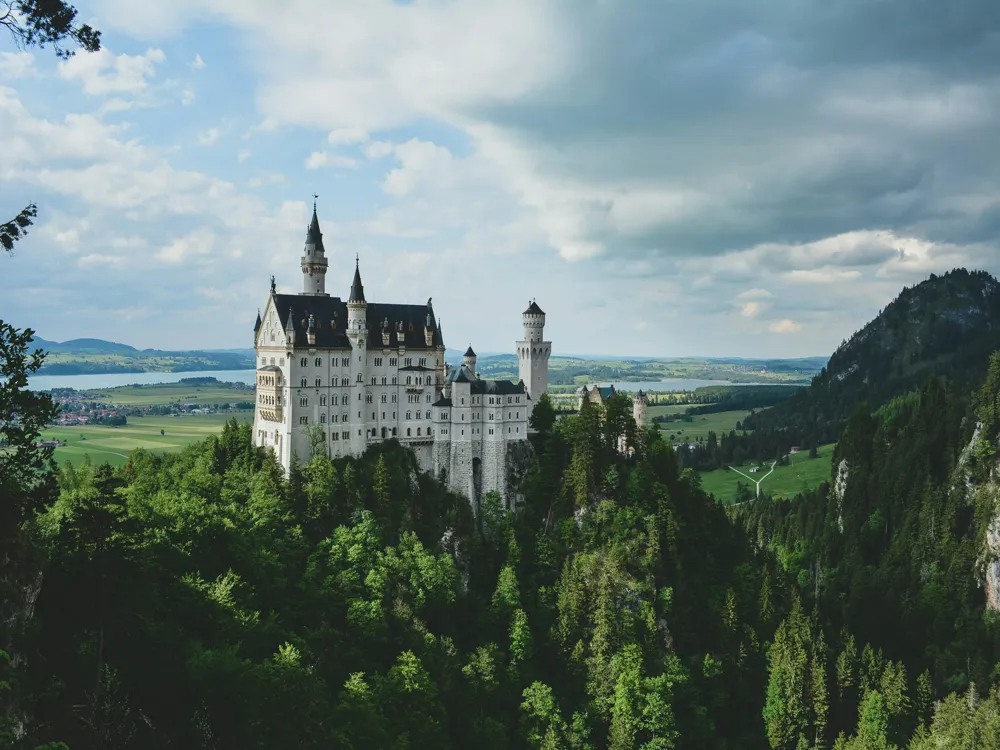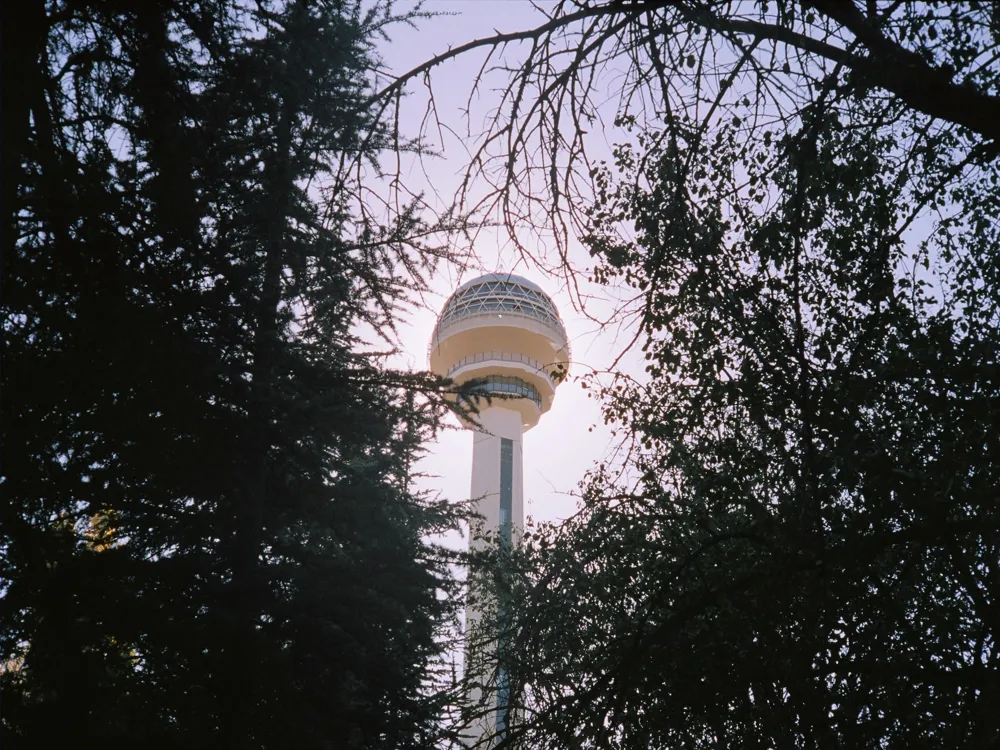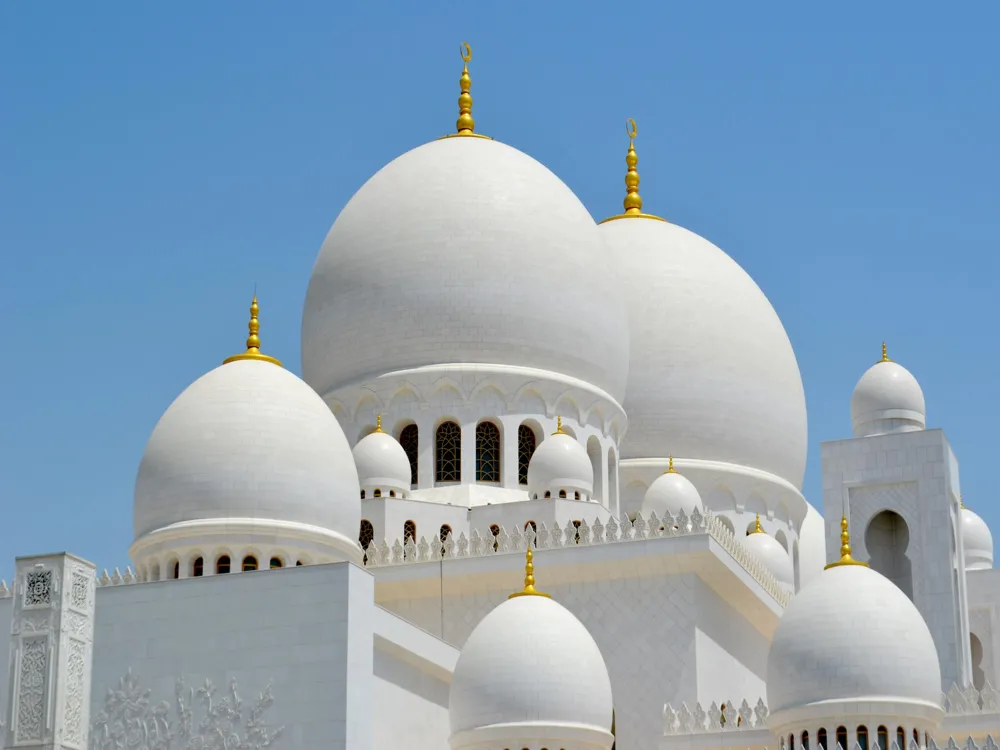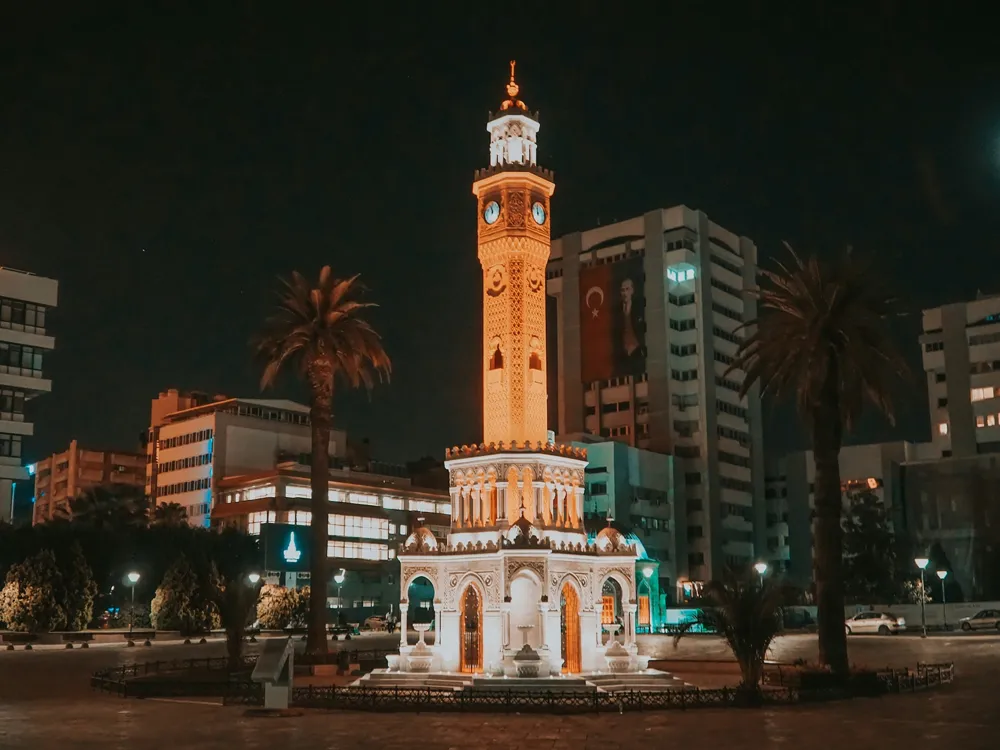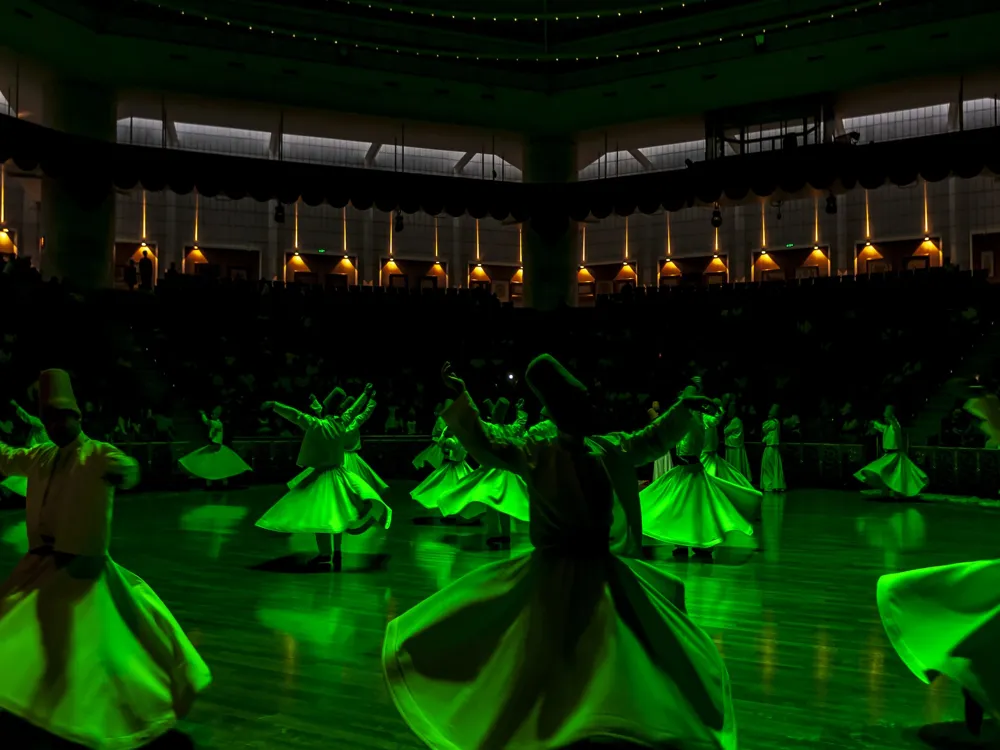Anitkabir, the mausoleum of Mustafa Kemal Atatürk, the founder and first President of the Republic of Turkey, stands as a beacon of Turkish national pride in Ankara. This grand monument, not only a burial place but also a symbol of modern Turkey's roots and aspirations, attracts visitors from around the globe due to its historical significance and architectural grandeur. Anitkabir, which translates to 'memorial tomb,' is a fusion of ancient and modern architectural styles, reflecting the essence of the Turkish War of Independence and the establishment of a modern, secular state. The construction of Anitkabir commenced in 1944 and culminated in 1953, encompassing a vast area of 750,000 square meters. Atatürk's final resting place is situated in the central Peace Park, surrounded by a range of ornamental and symbolic features including the Road of Lions, a pathway lined with twelve pairs of lion statues, signifying strength and peace. The mausoleum itself is perched atop a grand platform, offering panoramic views of Ankara. The site also includes a museum that houses a rich collection of Atatürk's personal belongings and memorabilia from the Turkish War of Independence. The architectural design of Anitkabir, a masterpiece conceived by architects Professor Emin Onat and Assistant Professor Orhan Arda, is a harmonious blend of different styles, primarily the Second National Architectural Movement in Turkey. This style combines elements of Seljuk and Ottoman architecture with modern 20th-century design. The mausoleum's structure is adorned with an abundance of marble and stone, sourced from various regions of Turkey, symbolizing the unity and diversity of the nation. One of the most striking features of Anitkabir is its symmetrical design and the use of geometric shapes, which add to its grandeur and solemnity. The mausoleum itself is a colossal structure, with its main chamber housing the sarcophagus of Atatürk. The exterior façades are decorated with intricate carvings and motifs that reflect Turkish history and culture. The Hall of Honor, the centerpiece of Anitkabir, showcases a monumental roof supported by massive columns, while the interior walls are lined with inscriptions and reliefs depicting scenes from Atatürk's life and the War of Independence. To make the most of your visit to Anitkabir, it's advisable to plan ahead. The mausoleum is open to the public every day, but visiting hours may vary depending on the season. Check the official website for up-to-date information. Additionally, remember that Anitkabir is a revered national monument, so appropriate dress and conduct are expected. Anitkabir is expansive, so wear comfortable shoes. The walk along the Road of Lions leading to the mausoleum is a solemn experience. Take your time to observe the intricate details of the statues and the architecture. Don't miss the museum, which offers deeper insights into Atatürk's life and the history of Turkey. Photography is allowed in most areas of Anitkabir, but be respectful. Avoid loud conversations and maintain decorum, especially near the sarcophagus. Certain areas might have restrictions on photography, so look for signage or ask a guide. Anitkabir is accessible via various modes of transportation. If you're in Ankara, you can take the metro to Tandoğan or Kurtuluş stations, both of which are within walking distance of Anitkabir. Buses and taxis are also viable options. For those driving, parking is available near the site. Read More:An Overview of Anitkabir, Ankara's Monumental Mausoleum
The Architecture of Anitkabir: A Blend of History and Modernism
Tips When Visiting Anitkabir
Planning Your Visit
Exploring the Site
Photography and Etiquette
How To Reach Anitkabir
Anitkabir
Ankara
₹ 78,000 onwards
View ankara Packages
Weather :
Tags : Museum
Timings : Opening Hours: 9:00 AM – 5:00 PM
Entrance Fees : None
Planning a Trip? Ask Your Question
Ankara Travel Packages
View All Packages For Ankara
Top Hotel Collections for Ankara

Private Pool

Luxury Hotels

5-Star Hotels

Pet Friendly
Top Hotels Near Ankara
Other Top Ranking Places In Ankara
View All Places To Visit In ankara
Faq on Ankara
What is Anıtkabir?
Anıtkabir is the mausoleum of Mustafa Kemal Atatürk, the founder and first President of the Republic of Turkey. It is located in Ankara, Turkey's capital city. Anıtkabir is not only a memorial but also a symbol of Turkish independence and modernization.
When was Anıtkabir built?
The construction of Anıtkabir started in 1944 and was completed in 1953, several years after Atatürk's death in 1938.
Who designed Anıtkabir?
Anıtkabir was designed by architects Professor Emin Onat and Assistant Professor Orhan Arda, following a competition to find a design for Atatürk's mausoleum.
What architectural style is Anıtkabir?
Anıtkabir features a blend of various architectural styles, but it is primarily noted for its monumental and neoclassical design elements, combined with traditional architectural motifs that reflect Turkey's history and cultural heritage.
Can visitors enter Anıtkabir?
Yes, Anıtkabir is open to the public. Visitors can enter the mausoleum and also explore the museum that houses personal belongings of Atatürk, photographs, and historical artifacts related to the Turkish War of Independence.
View ankara Packages
Weather :
Tags : Museum
Timings : Opening Hours: 9:00 AM – 5:00 PM
Entrance Fees : None
Planning a Trip? Ask Your Question
Ankara Travel Packages
View All Packages For Ankara
Top Hotel Collections for Ankara

Private Pool

Luxury Hotels

5-Star Hotels

Pet Friendly
Top Hotels Near Ankara
Other Top Ranking Places In Ankara
Faq on Ankara
What is Anıtkabir?
Anıtkabir is the mausoleum of Mustafa Kemal Atatürk, the founder and first President of the Republic of Turkey. It is located in Ankara, Turkey's capital city. Anıtkabir is not only a memorial but also a symbol of Turkish independence and modernization.
When was Anıtkabir built?
The construction of Anıtkabir started in 1944 and was completed in 1953, several years after Atatürk's death in 1938.
Who designed Anıtkabir?
Anıtkabir was designed by architects Professor Emin Onat and Assistant Professor Orhan Arda, following a competition to find a design for Atatürk's mausoleum.
What architectural style is Anıtkabir?
Anıtkabir features a blend of various architectural styles, but it is primarily noted for its monumental and neoclassical design elements, combined with traditional architectural motifs that reflect Turkey's history and cultural heritage.
Can visitors enter Anıtkabir?
Yes, Anıtkabir is open to the public. Visitors can enter the mausoleum and also explore the museum that houses personal belongings of Atatürk, photographs, and historical artifacts related to the Turkish War of Independence.







